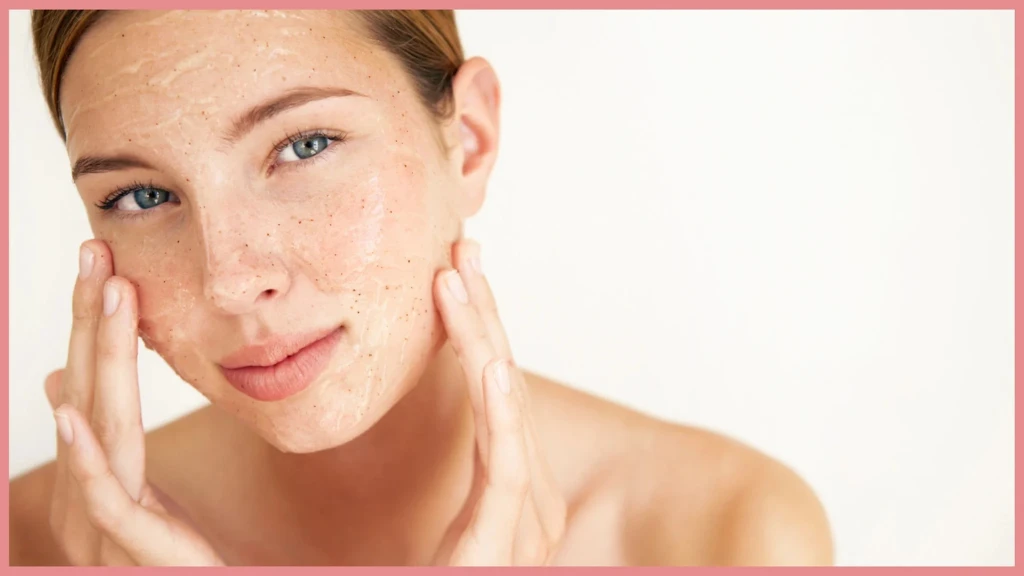How to Use Hyaluronic Acid and Niacinamide
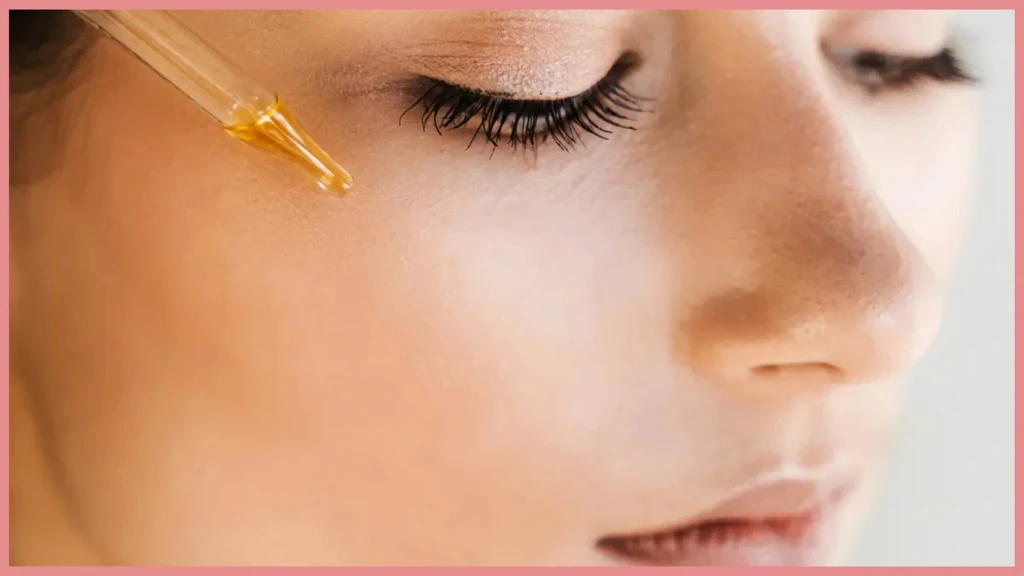
When it comes to skincare, one of the most common questions I hear is about layering products. It’s no wonder—there are so many amazing ingredients out there, each promising glowing, healthy skin.
But if you're anything like me, you want to get the most out of your skincare routine without causing irritation or wasting time. Today, let’s talk about two beloved ingredients that often find their way into our routines: hyaluronic acid and niacinamide.
You might already know how beneficial these two are individually, but what about using them together? Is there a "right" way to do it? Do you need to wait between applying them?
I’ve been there, trying to figure out the perfect timing to layer them for the best results. I'll dig into it and answer all your burning questions!
Step-by-Step Guide: Layering Hyaluronic Acid and Niacinamide in Your Skincare Routine
What is Hyaluronic Acid?
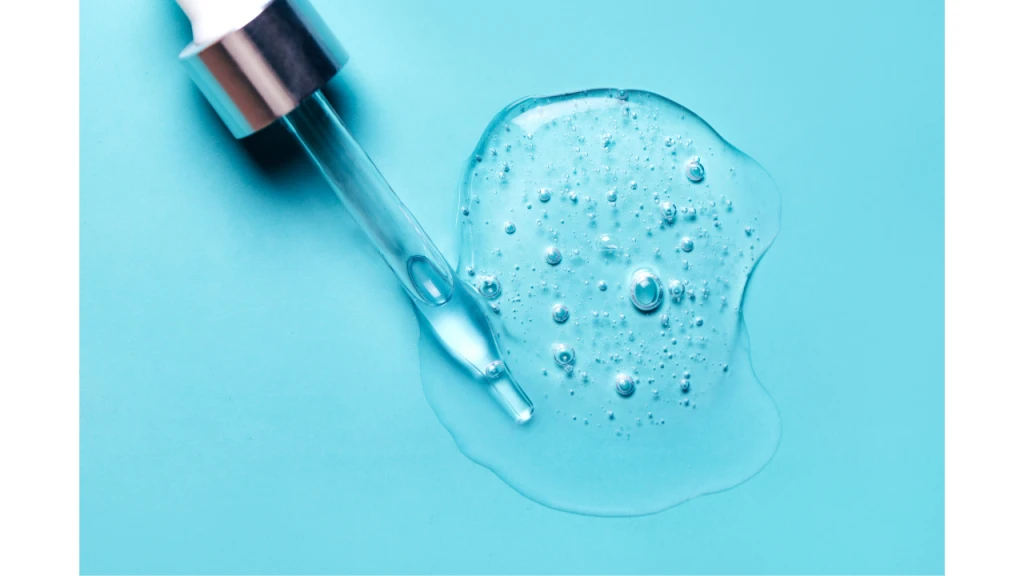
If there’s one ingredient that’s basically become a staple in most skincare routines, it’s hyaluronic acid (HA). It’s that superstar hydrator everyone talks about. But what exactly is it?
Hyaluronic acid is a humectant, meaning it attracts water from the environment into the skin, helping to keep it plump and hydrated. This ingredient is naturally found in our bodies, especially in our skin, eyes, and joints.
Unfortunately, as we age, our natural production of HA decreases, which can lead to dryness, dullness, and those pesky fine lines. That’s why using a hyaluronic acid serum can give your skin that extra hydration boost it craves.
Key Properties of Hyaluronic Acid:
- Moisture Magnet: Draws moisture from the air into the skin, leaving it hydrated and plump.
- Natural Part of the Body: Found in skin tissues, but levels decrease with age.
- Optimal pH: Works best around a slightly acidic pH (between 5-7).
- Product Types: You’ll often find hyaluronic acid in serums, moisturizers, and even sheet masks for that extra burst of hydration.
What is Niacinamide?
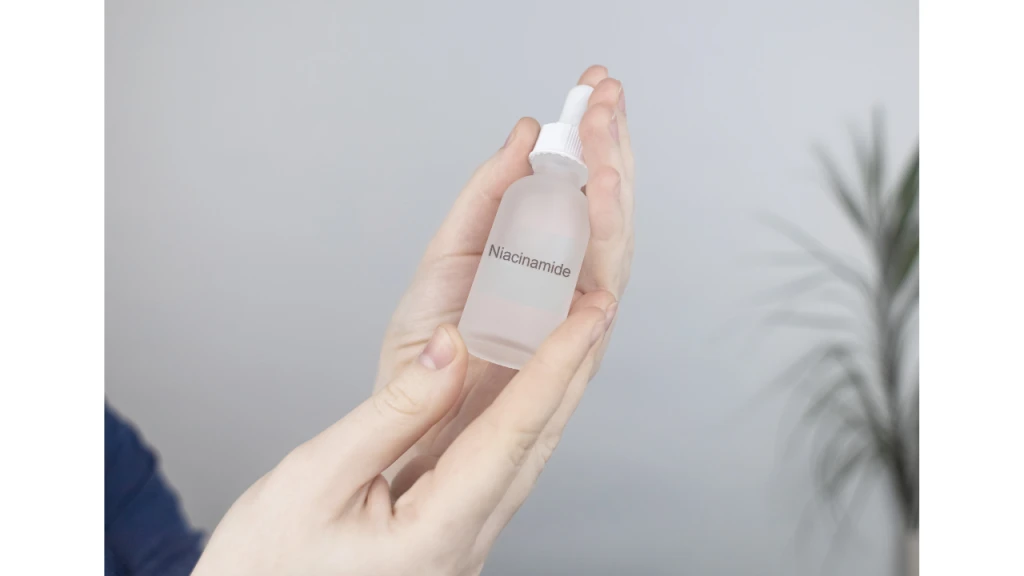
Now, let’s talk about niacinamide. I’m a huge fan of this ingredient, especially for its versatility. It’s basically a jack-of-all-trades, and for me personally, as a dark-skinned black woman, I find that it nourishes my skin beautifully. Niacinamide is a form of vitamin B3 and it’s incredibly gentle, making it great even if your skin tends to be on the sensitive side.
So why all the hype? I found that Niacinamide strengthens your skin barrier, reduces redness, and even helps minimize the appearance of pores. It’s a go-to if you’re dealing with uneven skin tone, fine lines, or dullness.
Plus, it has anti-inflammatory properties, which makes it great for calming breakouts.
Key Properties of Niacinamide:
- Barrier Booster: Supports the production of ceramides and keratin to strengthen the skin.
- Anti-Inflammatory: Helps reduce redness and inflammation, making it ideal for acne-prone skin.
- Stabilizes Well: More stable at a slightly alkaline pH (around 6-7.5).
- Product Types: Often found in serums, toners, and lightweight moisturizers.
Benefits of Using Hyaluronic Acid and Niacinamide Together
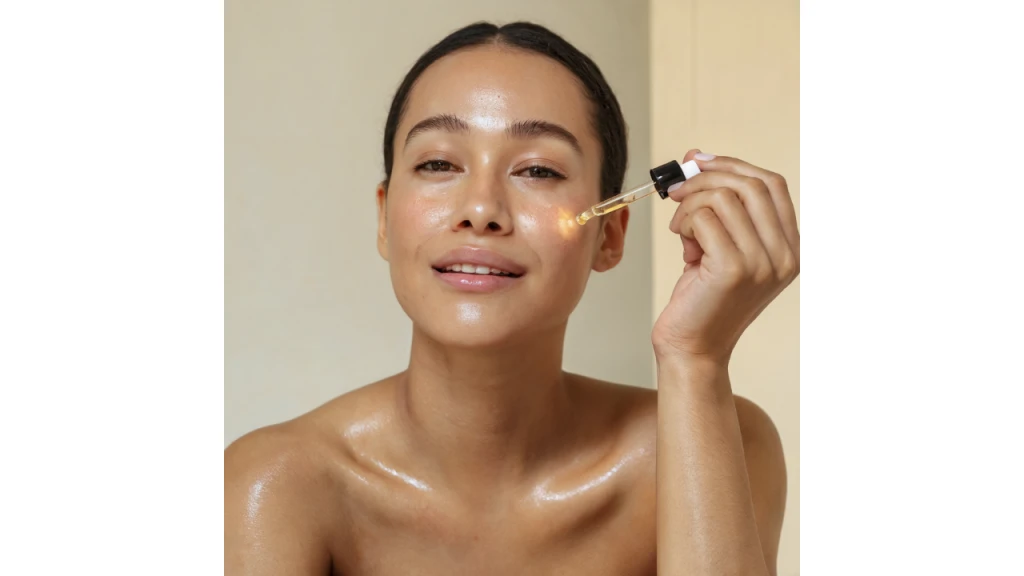
So, what happens when you combine these two? Is it worth the hype? Absolutely! Here’s why:
- Enhanced Hydration: Hyaluronic acid attracts water to the skin, while niacinamide helps lock that moisture in. Together, they’re like the ultimate tag-team for hydration.
- Stronger Skin Barrier: Niacinamide helps build a resilient skin barrier, while hyaluronic acid ensures it stays hydrated. This combo can protect against environmental stressors.
- Firmer, More Elastic Skin: Both ingredients are known to support collagen production, which means more bounce and less sag.
- Reduced Acne: Niacinamide controls excess oil, while hyaluronic acid keeps your skin hydrated to prevent the overproduction of sebum that can lead to breakouts.
- Decreased Fine Lines and Wrinkles: By keeping your skin moisturized and encouraging collagen production, this duo can help soften those fine lines over time.
The Potential Interaction Between Hyaluronic Acid and Niacinamide
Alright, here’s where it can get a little tricky. You might have heard some buzz about whether these two ingredients actually play nicely together.
The concern here lies in their differing pH levels. Hyaluronic acid works best at a slightly acidic pH, while niacinamide is more stable at a slightly alkaline pH.
But don’t worry! In most cases, you don’t need to stress about this too much. When applied correctly, both ingredients can still work effectively in the same routine.
The key point to remember is that using these in their purest forms, such as high-concentration serums, could temporarily alter their pH levels, potentially making them less effective.
However, most products on the market are already formulated to be stable, so you likely won’t run into any problems if you're using standard skincare items.
How Long Should You Wait?
This is the million-dollar question, isn’t it? How long do you actually need to wait between applying hyaluronic acid and niacinamide?
Here’s the good news: I discovered that for most people, you only need to wait about 30 seconds to a minute between applying these two products. That’s just enough time to let one layer sink in before moving on to the next.
If your skin feels tacky after applying hyaluronic acid, just give it a bit longer before layering niacinamide on top.
Factors to Consider:
- Formulation Matters: If you’re using thicker products like a cream, you might need a little extra time for it to fully absorb.
- Skin Sensitivity: If your skin tends to react to new products, it might be helpful to wait an extra minute or so.
- Humidity Levels: In more humid climates, products may take longer to absorb, so adjust accordingly.
- Higher Concentrations: If you’re using products with high concentrations of either ingredient, spacing them out by a couple of minutes may be beneficial.
Layering Order: What Goes On First?
If you’re wondering which one should go on first, here’s my personal rule of thumb: apply hyaluronic acid on damp skin first, since it’s lighter and acts as a humectant.
Once the hyaluronic acid has been absorbed, apply niacinamide next. This sequence lets the hyaluronic acid attract moisture to your skin, while the niacinamide locks it all in for lasting hydration.
How to Maximize the Results
How to Get the Best Results
When using hyaluronic acid and niacinamide together, a few simple tweaks can help you get the most out of these powerhouse ingredients. I have some tips to help optimize your routine:
Choose the Right Product Types
You can find these ingredients in different forms, such as serums, toners, and moisturizers. Serums tend to be the most effective since they’re more concentrated and penetrate deeper into the skin.
Always remember to apply your products from the thinnest to the thickest consistency to maximize absorption.
Pair with Complementary Ingredients
Both hyaluronic acid and niacinamide play well with others. For instance, niacinamide works beautifully alongside antioxidants like vitamin C, while hyaluronic acid is a great match with ceramides or peptides to enhance hydration.
Just be cautious if you're using retinol—layer it with care to avoid irritation.
AM vs. PM Routine
Timing can also make a difference. Consider using hyaluronic acid in the morning to lock in moisture for a plump, hydrated look throughout the day.
Niacinamide, on the other hand, is perfect for your evening routine to repair and soothe the skin overnight.
Simplify with Multi-Tasking Products
If layering feels too complicated or time-consuming, look for products that combine both hyaluronic acid and niacinamide in one formula. It’s an easy way to streamline your routine without compromising on benefits.
Try Alternative Timing
If you’re concerned about potential interactions or simply prefer a minimalist approach, you can alternate using hyaluronic acid in the morning and niacinamide at night. This way, your skin still reaps the rewards of both without overwhelming it.
Conclusion
To sum it up, combining hyaluronic acid and niacinamide has been a game-changer for my skincare routine. These two ingredients are gentle yet incredibly effective, helping me achieve that hydrated, smooth, and glowing skin I’ve been striving for. I’ve learned that a little patience goes a long way—letting each product settle in makes all the difference. With this approach, happy, healthy skin feels totally within reach.
And as always, listen to your skin. Everyone’s complexion is unique, so don’t be afraid to tweak your routine if something doesn’t feel quite right.


